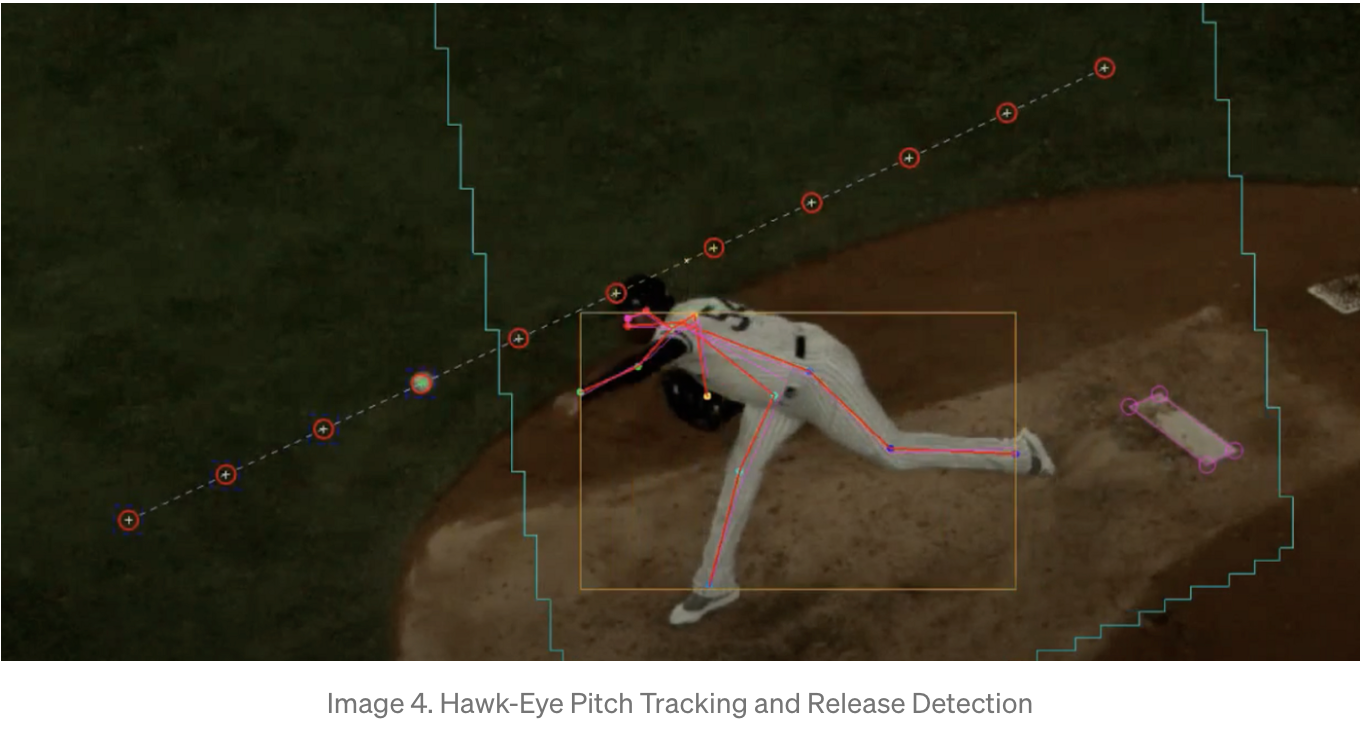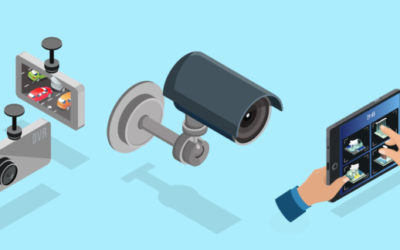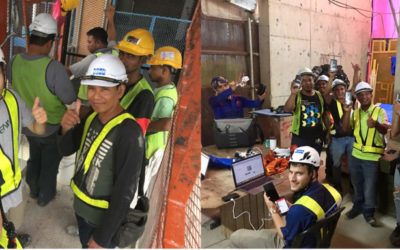To mark the opening day of the 2021 MLB season, we couldn’t help but mention the way that computer vision is changing our collective understanding of baseball. With over 70 individual statistics tracked per game and up to 42 stats tracked per player, professional baseball is one of the most heavily analyzed sports in the world.
Baseball statistics and big data have been used to predict everything from preventing injuries in pitchers to engineering championship teams. It was only a matter of time before the stats-obsessed sport and computer vision joined forces to create an unprecedented understanding of America’s favorite game.
At the beginning of the 2020 MLB season, the organization announced a joint partnership with Google Cloud and Hawkeye Innovations to upgrade the league’s Statcast player statistic tracking system. Computer vision in the MLB is nothing new. The organization has been using Hawkeye’s SMART Replay system since 2015 to allow teams to challenge controversial calls in real time. However, the 2020 upgrade included the installation of over a dozen specialized cameras in all 30 of the MLB ballparks to enable full field vision for player and ball tracking. The resulting data streams are spectacular, and perhaps even cooler, available to the public online.
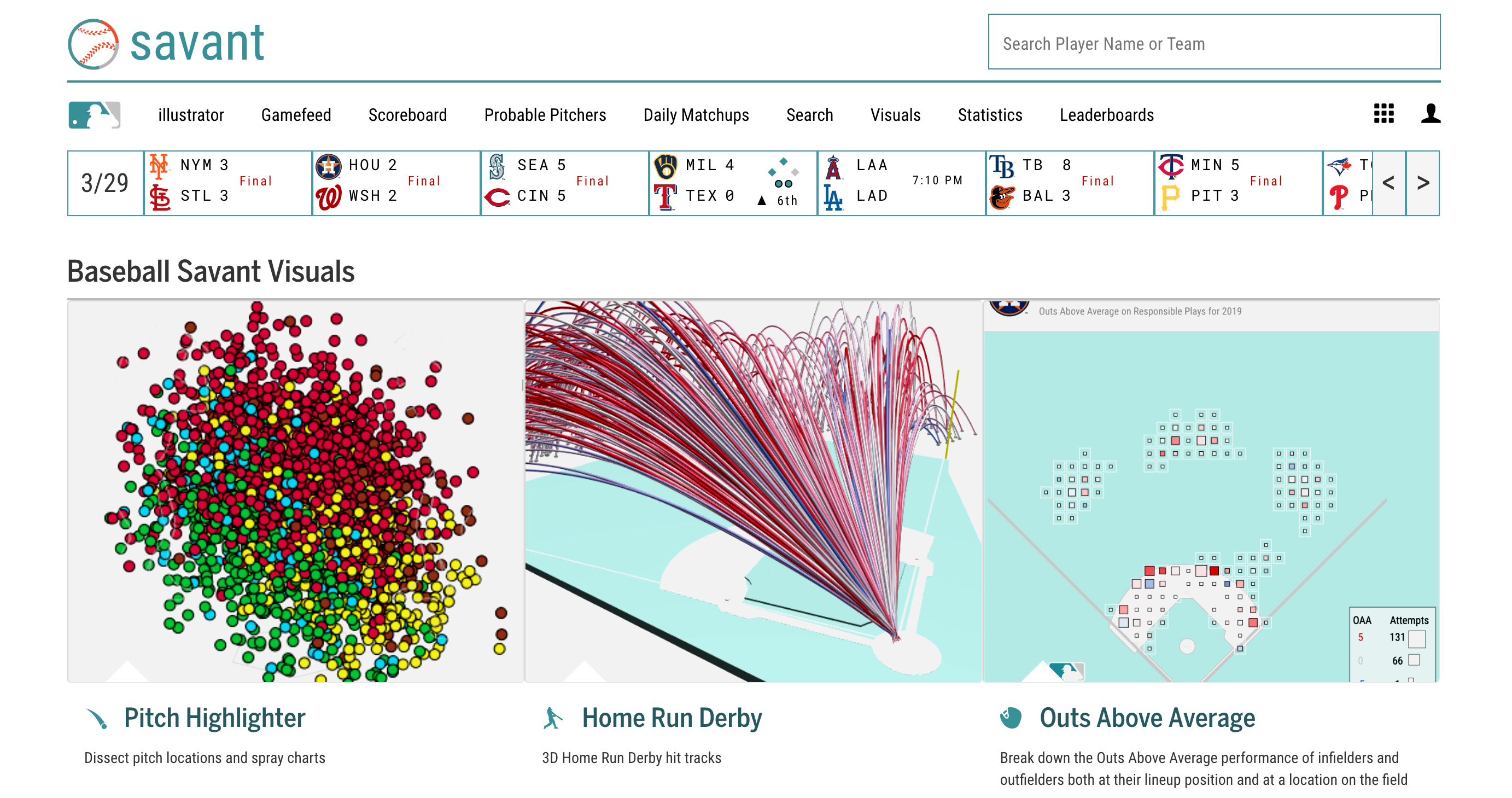
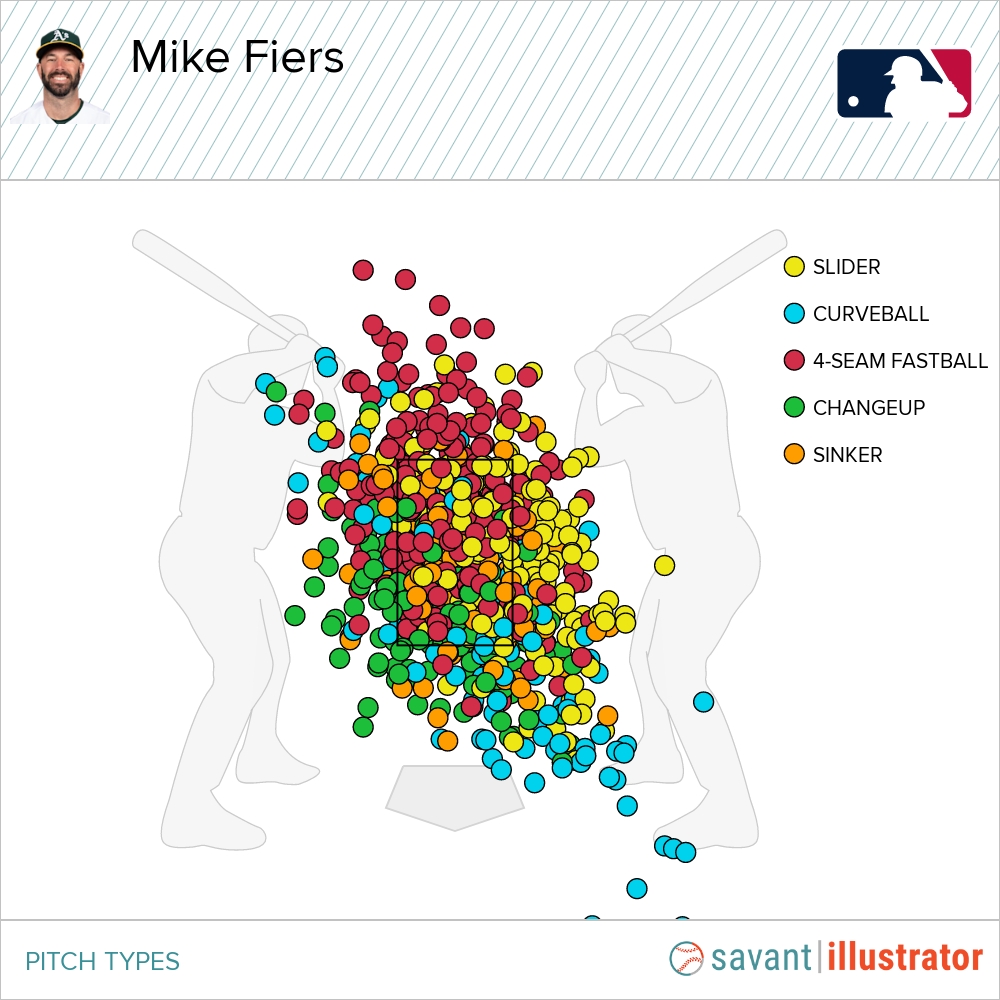
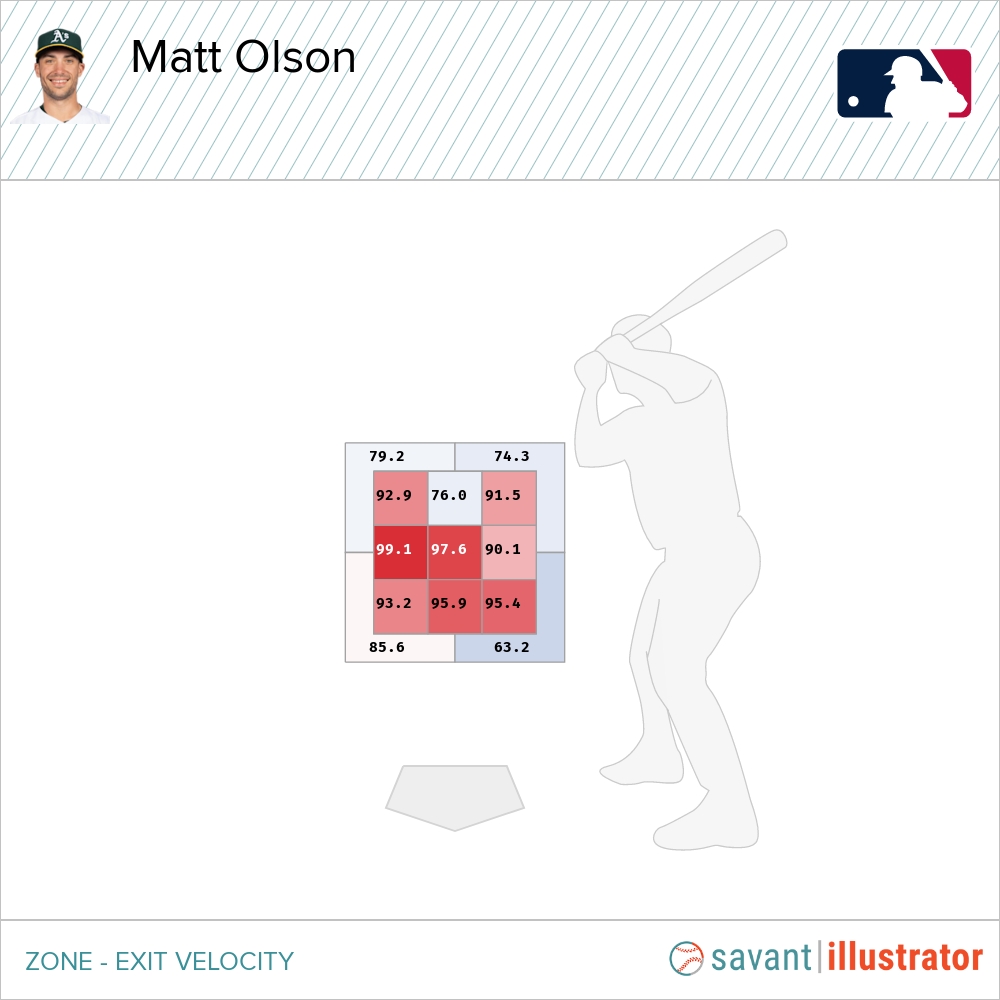
The Statcast system provides dozens of visual diagrams for coaches and fans to explore. From composites of the homerun derby to individual pitches, users can study their favorite players or teams–providing an unmatched ability to analyze, monitor, and geek out on all things baseball.
Earlier this year, the MLB announced that it will begin using Statcast data to help crack down on the illegal doctoring of baseballs by players. Compliance officials will compare a pitched ball’s spin rate to career norms for individual pitchers, as well as monitor behavior before and after certain gametime events–something not possible without the integration of computer vision.
The ability to preserve and dissect the physics of a single pitch holds pretty amazing implications for computer vision use cases in other sports.
Imagine, for instance, that your coach, with the help of computer vision, is able to optimize the foot placement of your tennis serve to maximize power, or to make miniscule adjustments of your shoulder and hip alignment to help straighten out your golf swing. As the technology improves and mainstream understanding of computer vision and deep learning applications grow, mobile coaching apps that rely on phone cameras to record and analyze athletes will be commonplace.
Home fitness products like Mirror by LuluLemon are another example of how we can expect to see machine learning and athletics intersect in the consumer market. According to their website the home fitness mirror relies on “advanced camera technology and proprietary algorithms [to] deliver in-workout adjustments based on goals, preferences, and personal profile”– pssst, its computer vision and machine learning at work.
Computer vision and machine learning’s role in our consumption of sports and fitness will continue to expand exponentially in the next five years. We think we make a pretty good teammate if you’re looking to draft an end-to-end computer vision specialist to fill out their All-Star roster. Let’s play ball!
